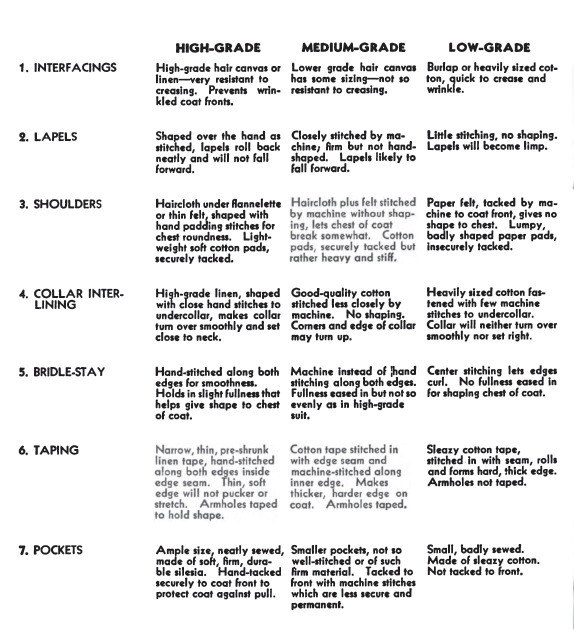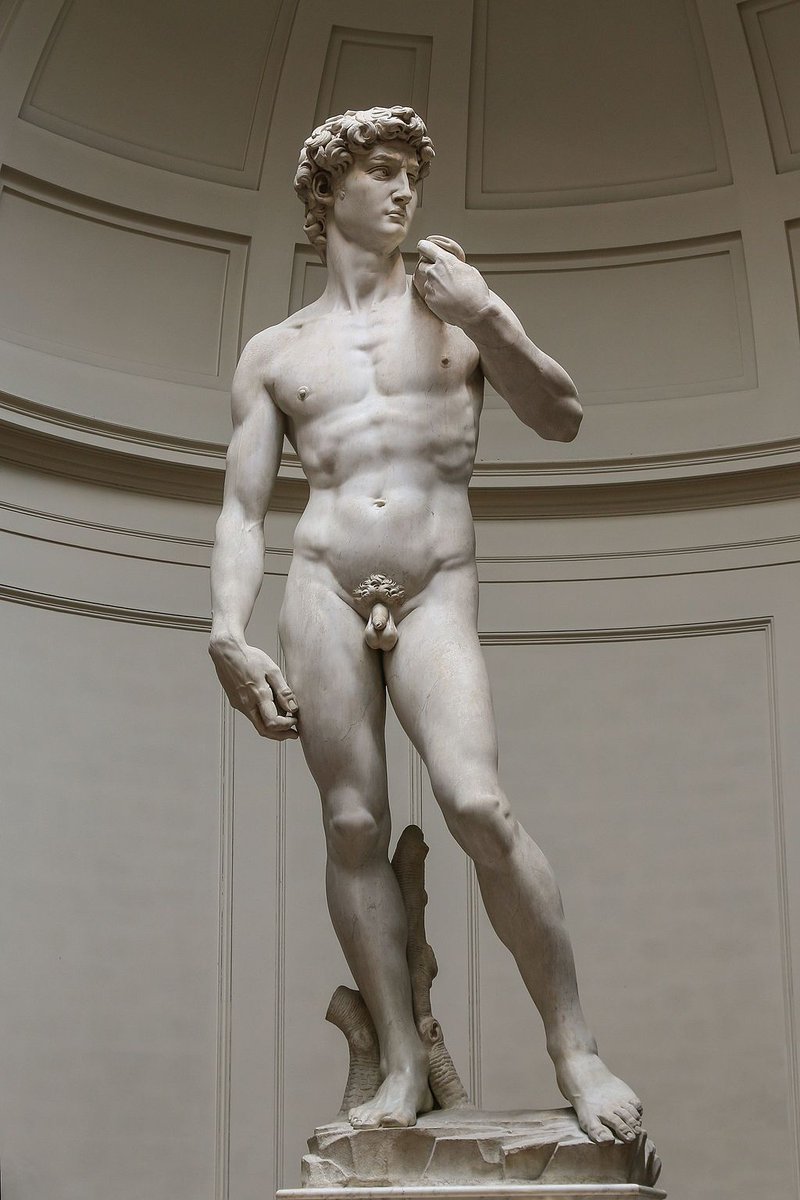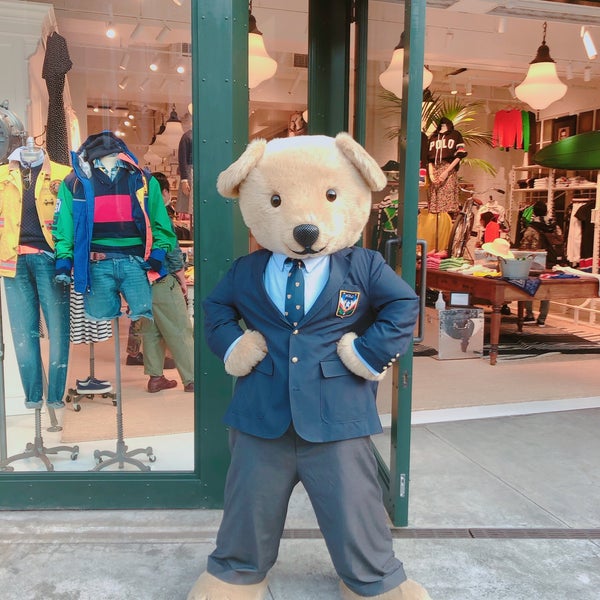In the 1930s and 40s, the US Dept of Agriculture published guides on how to spot quality clothing and take care of things you own. The guides were surprisingly sophisticated. This guide on men's suits covered fabrics like gabardine, serge, covert, and tropical worsted.








Here is the guide for men's shirts (they recommended that you buy a full-cut shirt, not a slim fit). Note the page showing different weaves: broadcloth, oxford, chambray, etc. You don't even get this kind of info in men's fashion magazines nowadays.








In the 1930s and 40s, the US Dept of Agriculture would also send someone to your house to say, "What the fuck are you wearing, dude??"
• • •
Missing some Tweet in this thread? You can try to
force a refresh
































